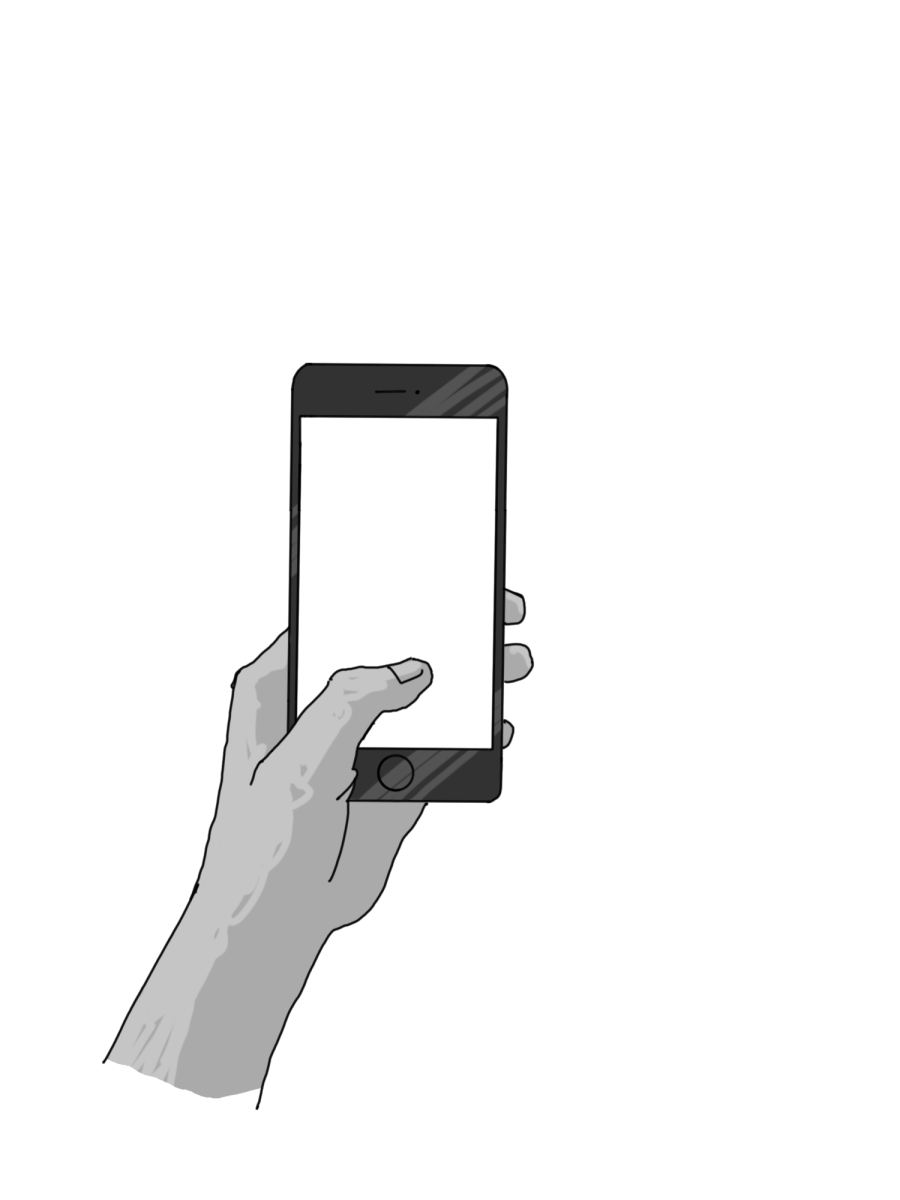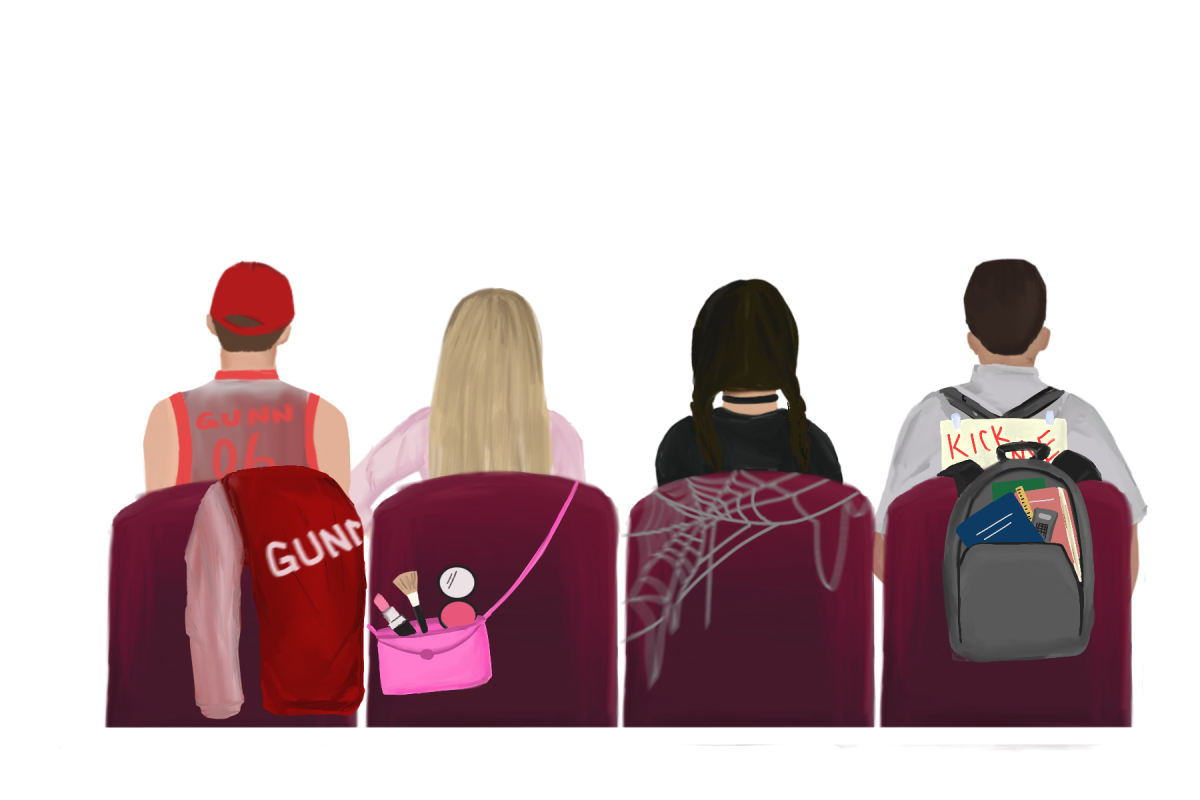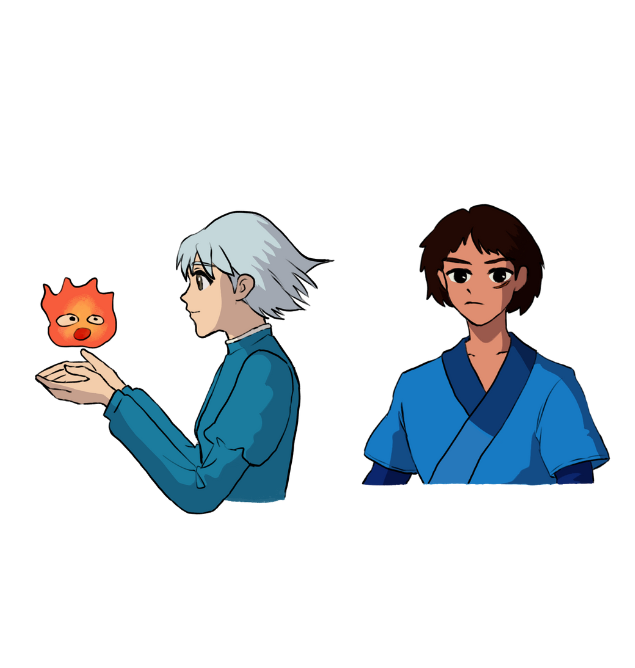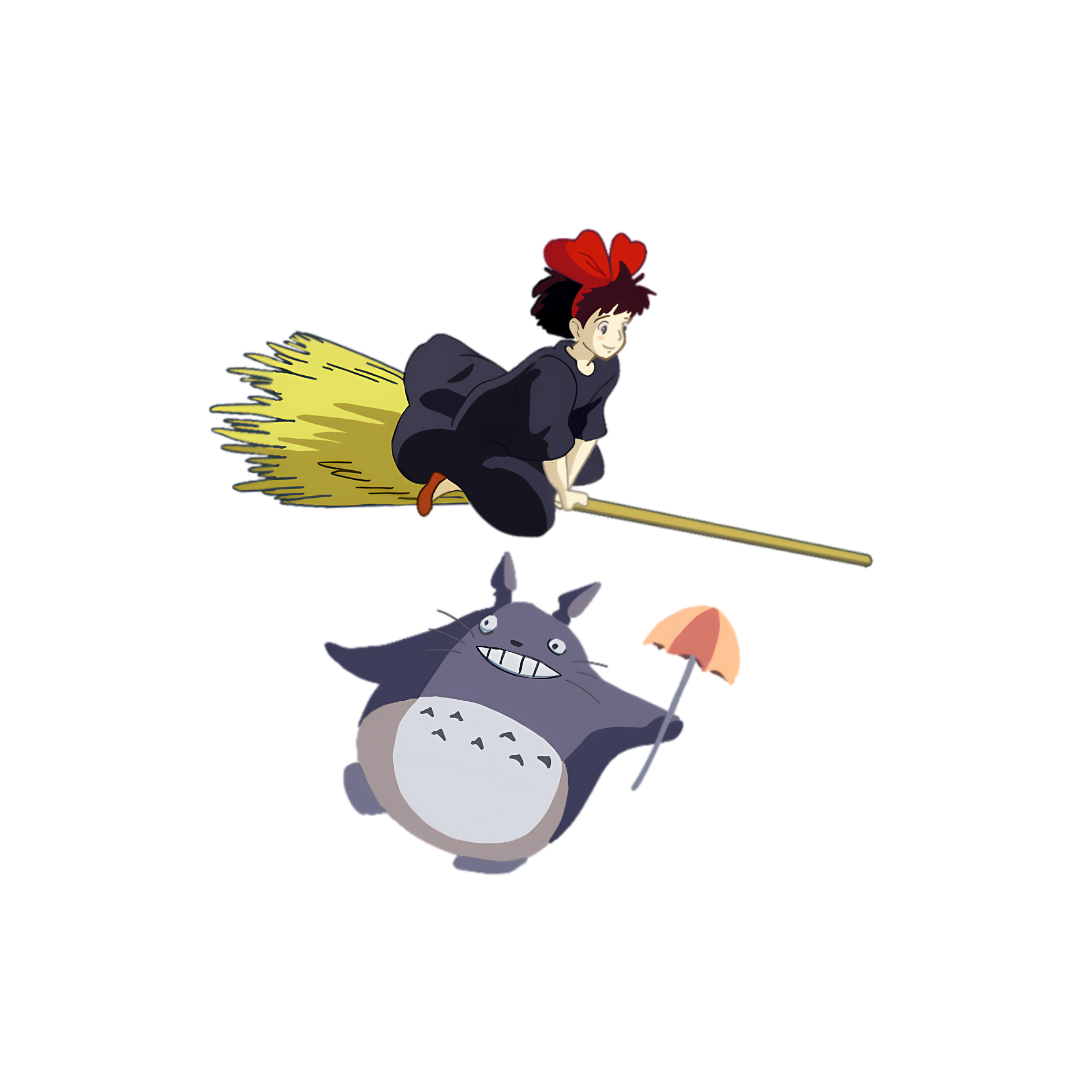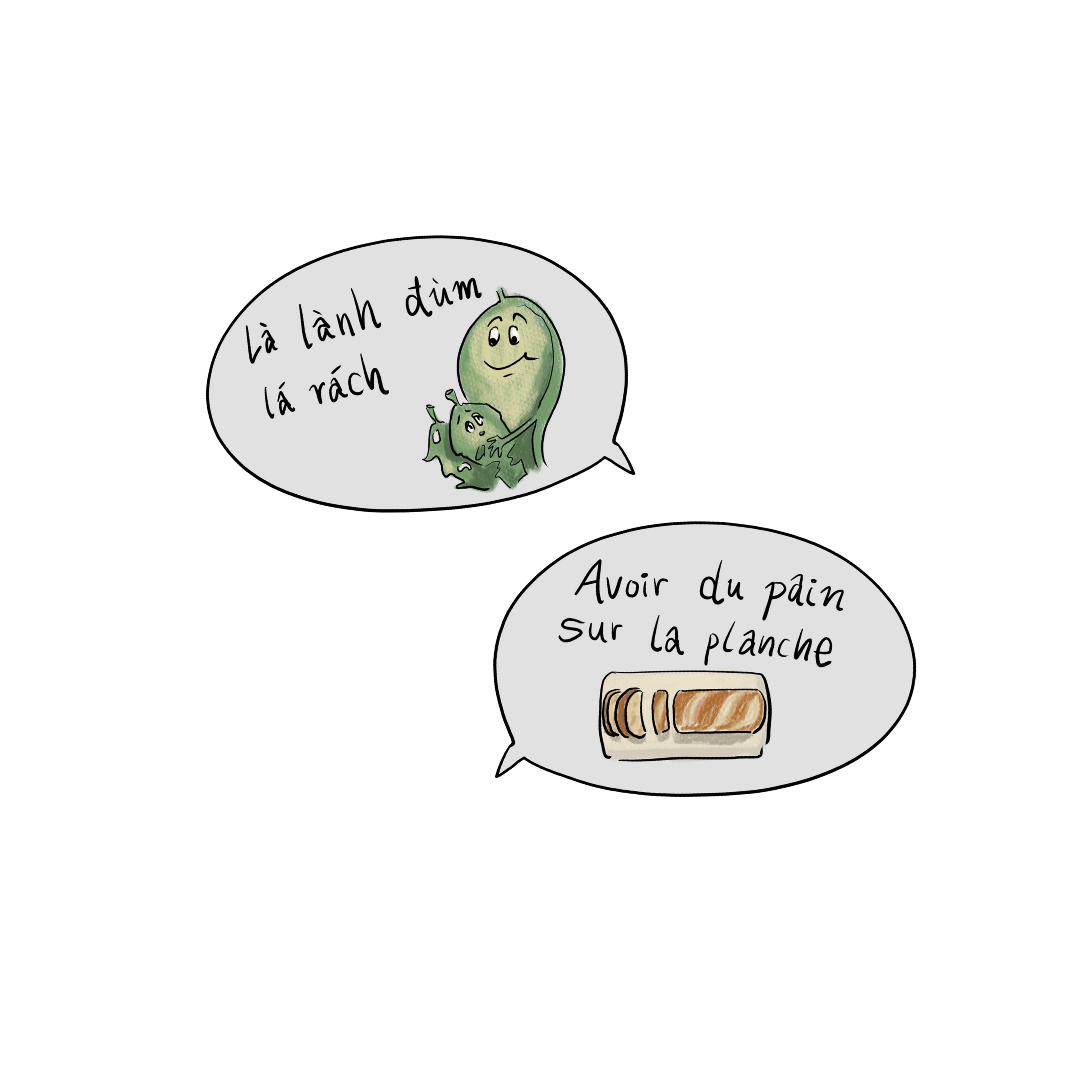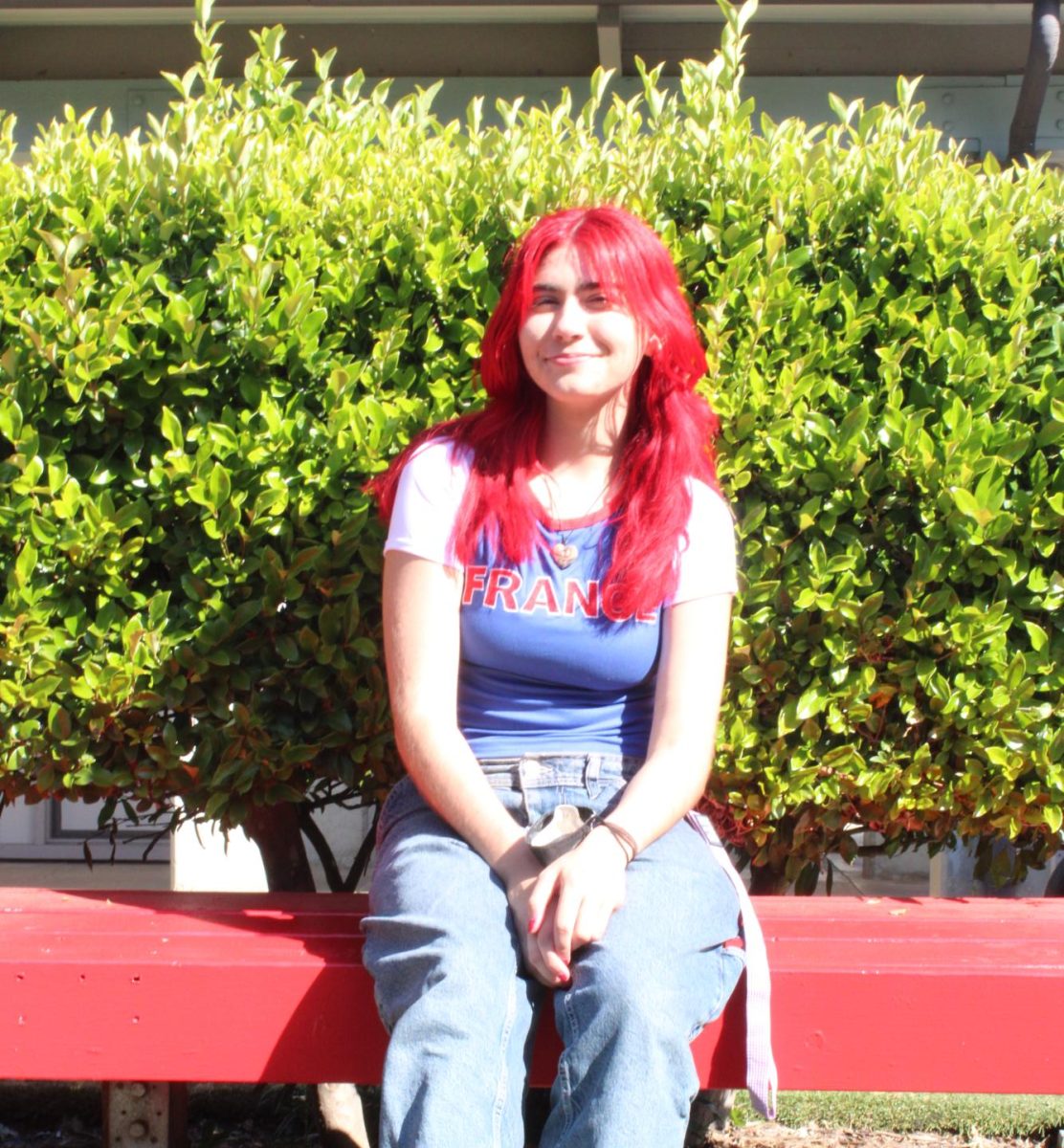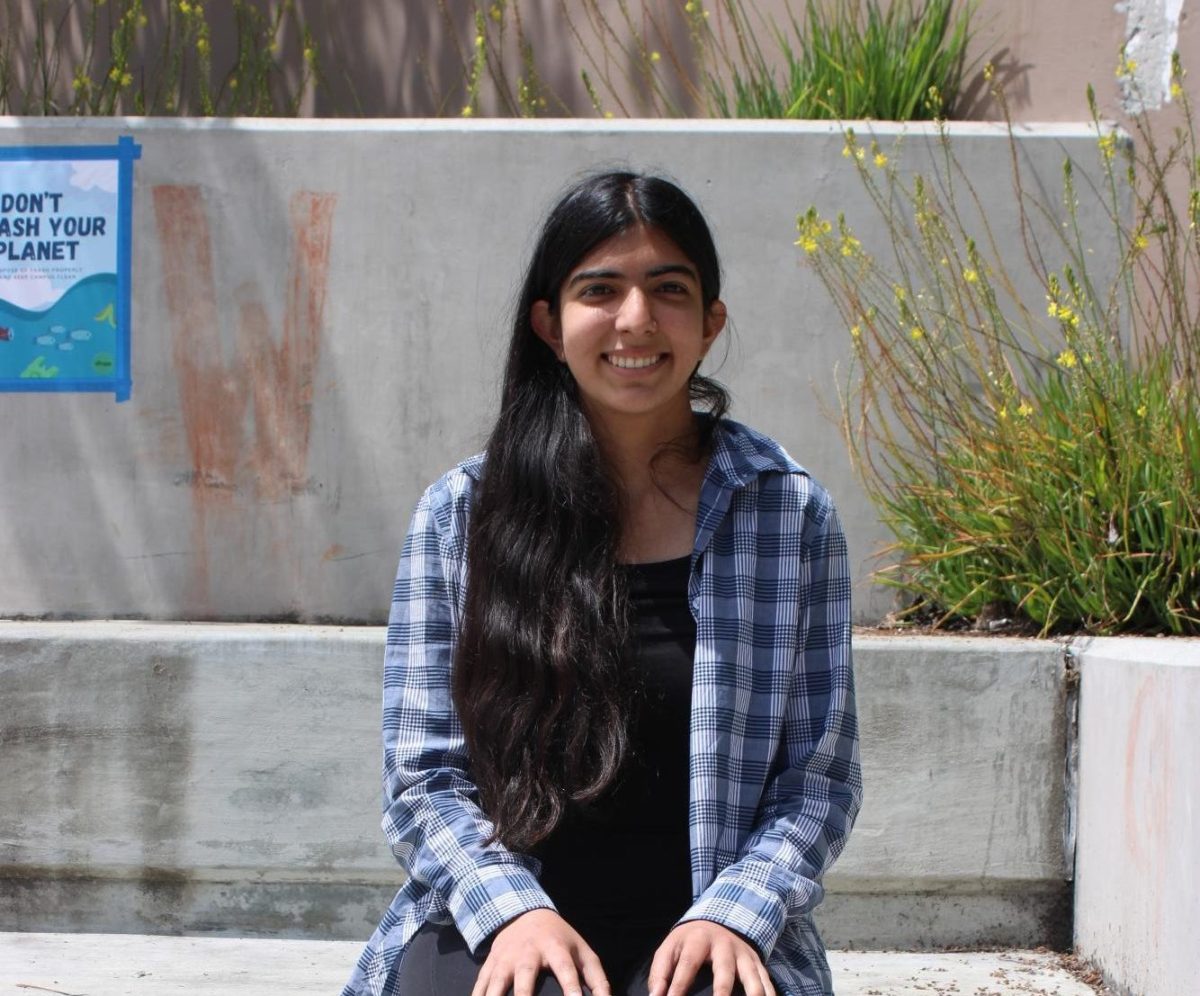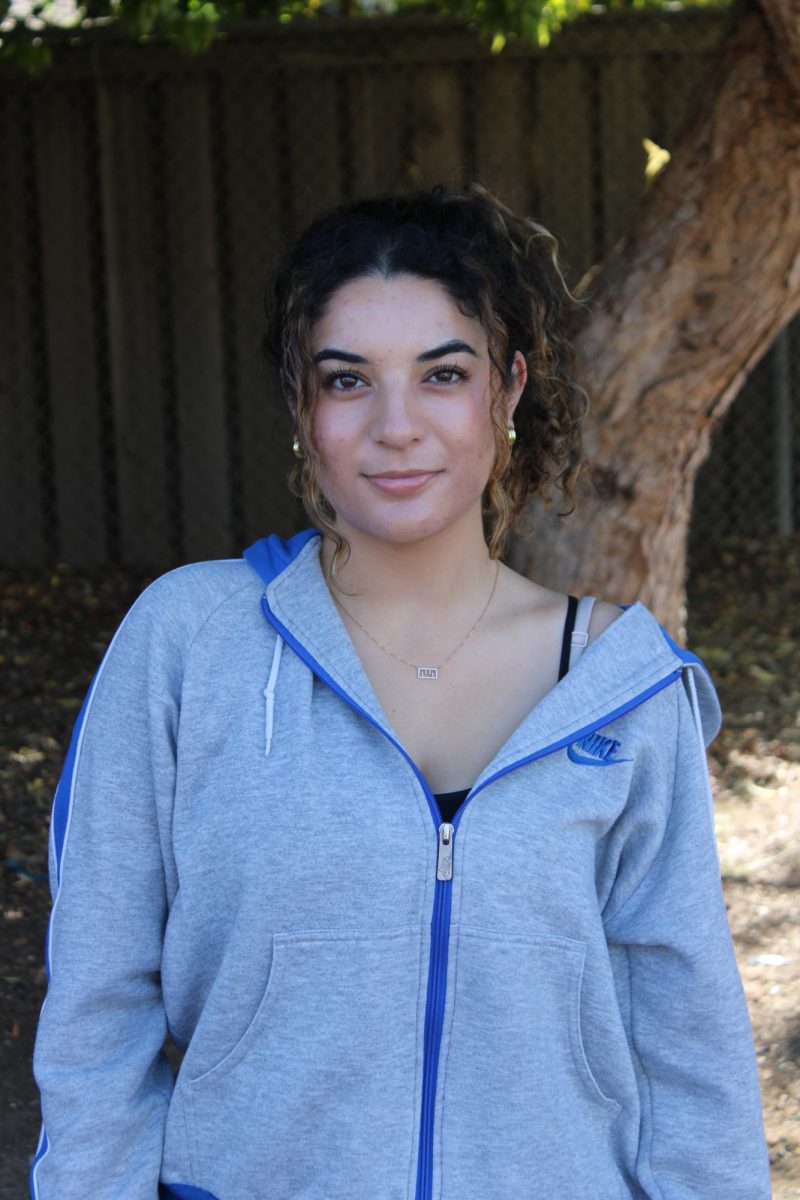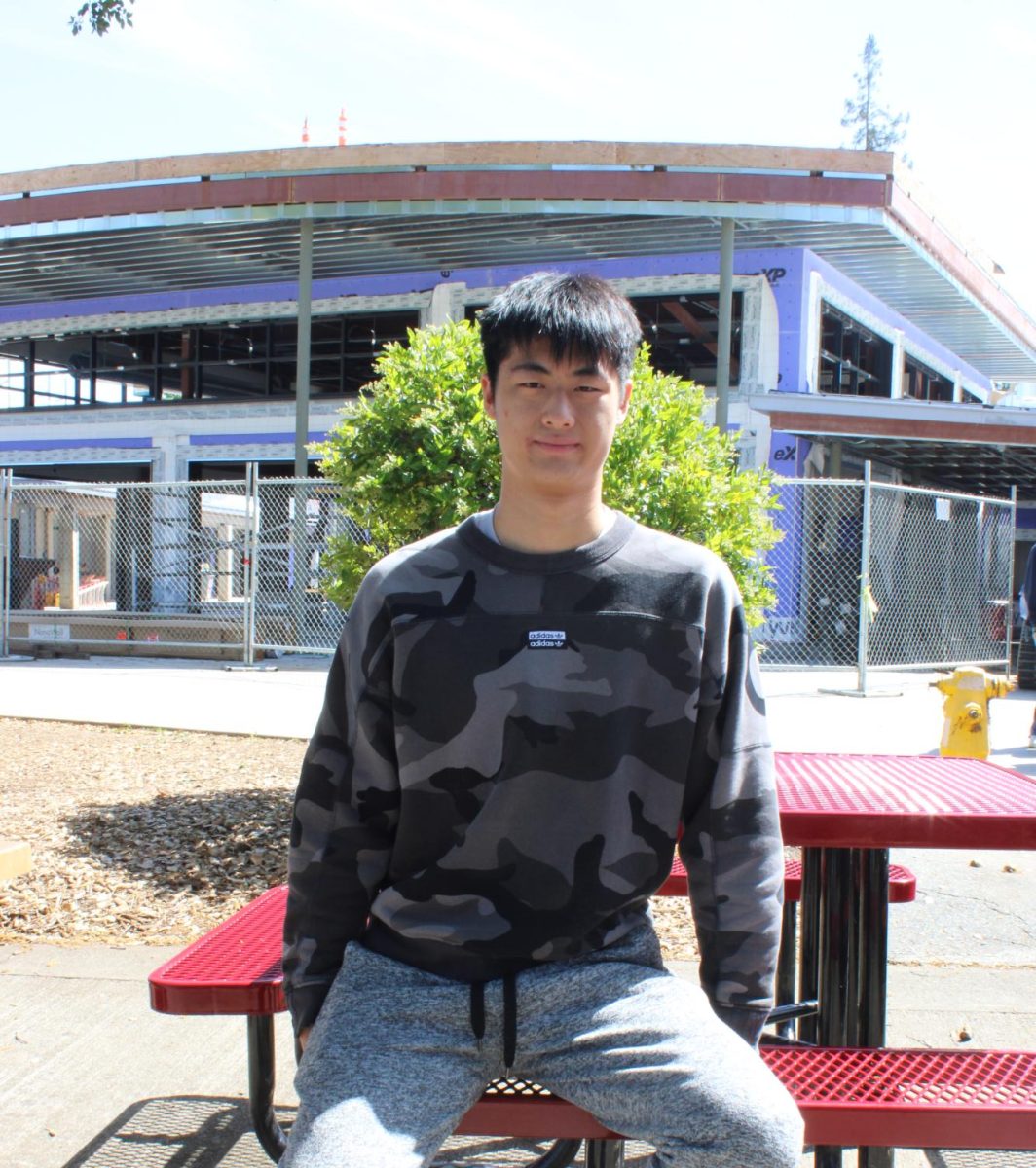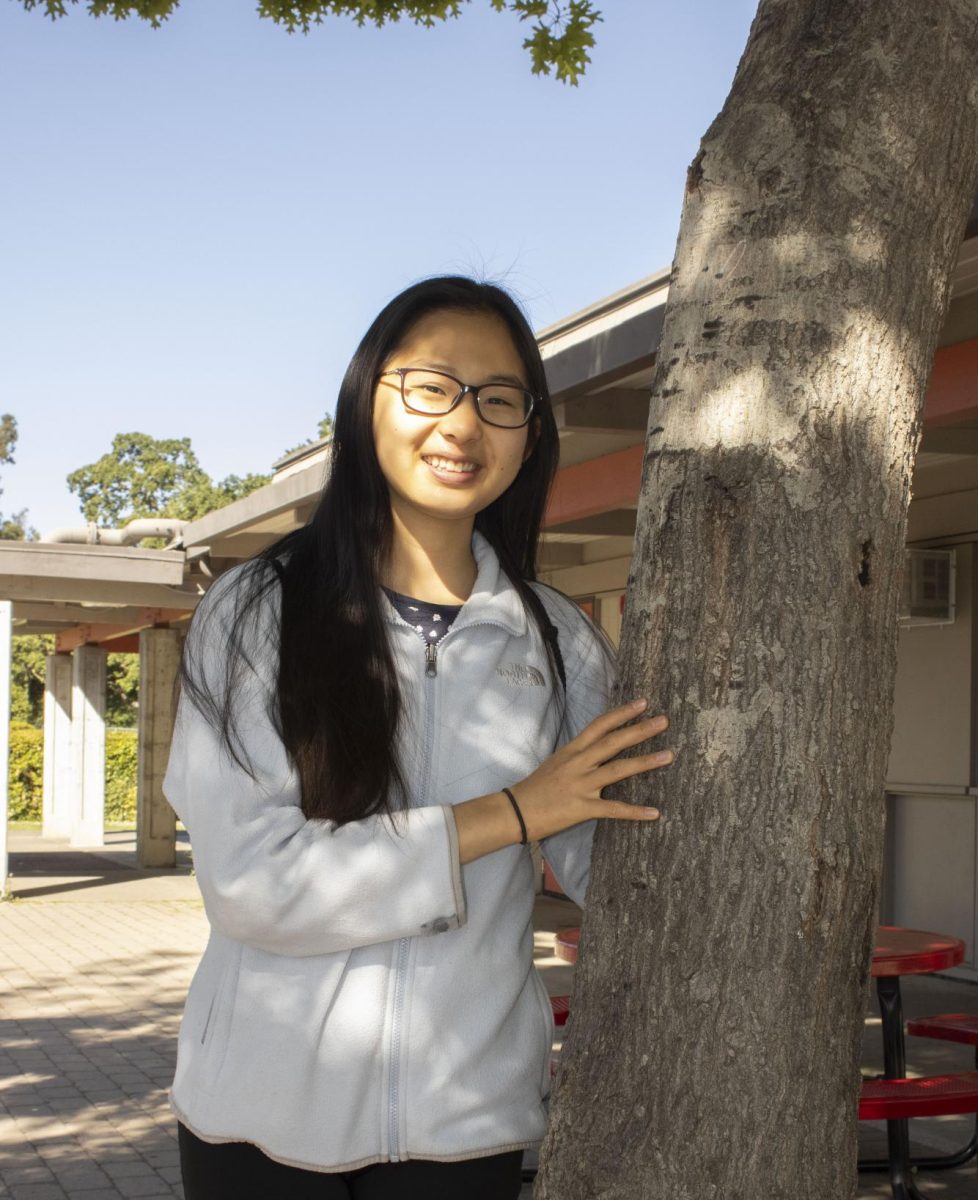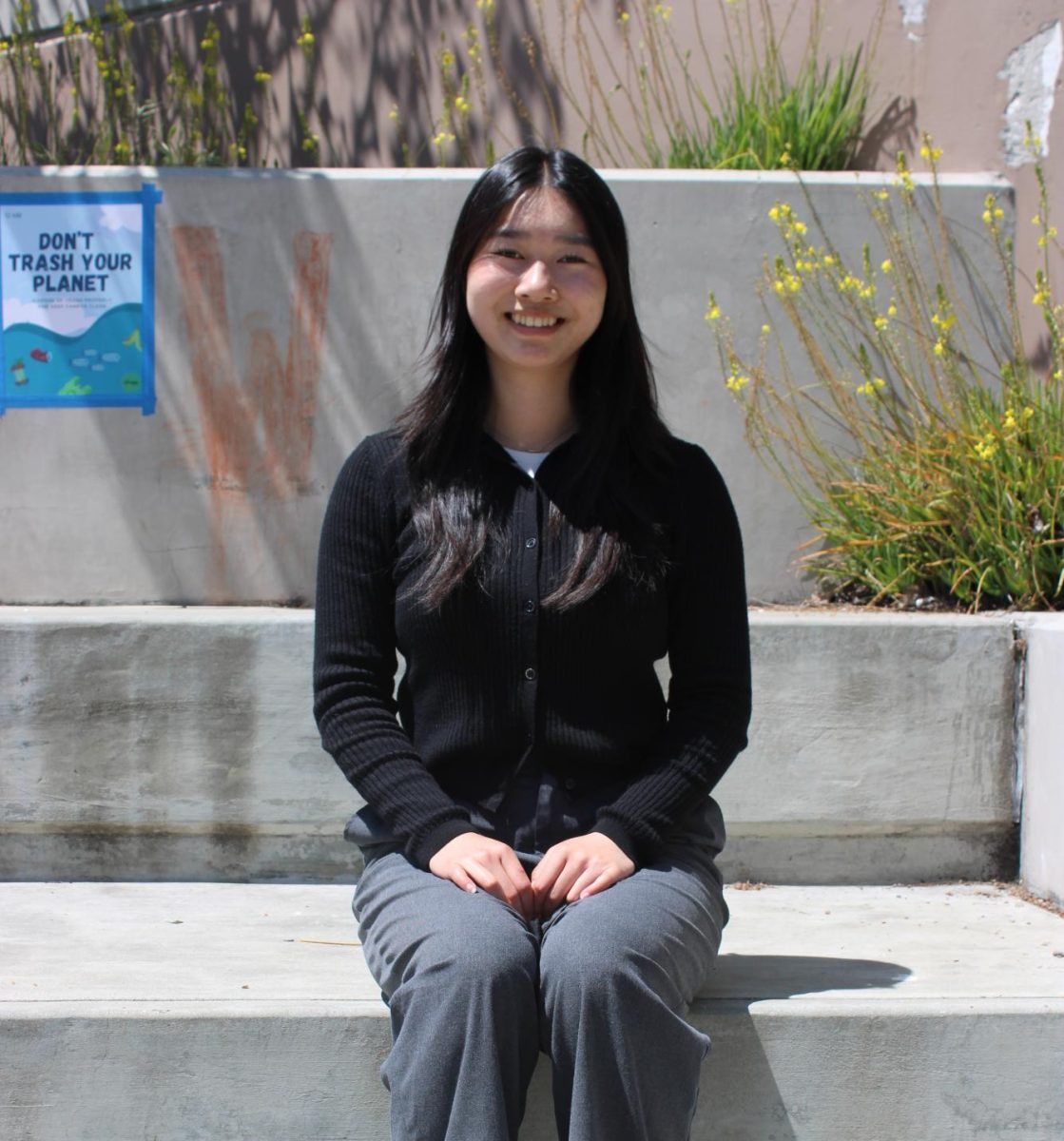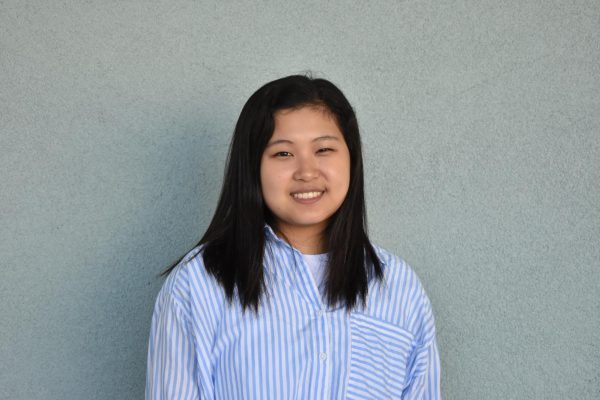Instagram, Facebook, Snapchat, Twitter, TikTok — these are just a few of the many social media platforms that students use in their daily lives. The 2021 Common Sense Media Census found that 62% of 13- to 18-year-olds use social media every day. Moreover, according to a self-selected survey sent out to Gunn students by The Oracle from Sept. 8 to Sept. 15 with 154 responses, 75.3% of students spend an hour or more on social media daily. These apps can become highly addictive, causing teenagers’ attention spans to decrease.
It changes the wiring of our brains altogether, which is one of the reasons why we have seen a decrease in attention capabilities in teens and young adults in real life.
— Psychology teacher Max Zipperstein
This attention-span decrease is a well-documented phenomenon. The abundance of short-form content on social media, such as Instagram Reels and YouTube Shorts, conditions students to receive information in bite-sized portions and hinders their ability to interpret
longer pieces of media.
According to psychology teacher Max Zipperstein, research indicates a direct correlation between social media use and decreasing attention spans. “On social media, we can quickly scroll to the next feed if we are uninterested in the content being delivered,” he wrote in an email. “It changes the wiring of our brains altogether, which is one of the reasons why we have seen a decrease in attention capabilities in teens
and young adults in real life.” This relationship is corroborated by student experiences at Gunn. “(Social media) makes us more interested in
short-term boosts of happiness, and the fact that we scroll through a barrage of information in a short period of time makes us impatient and less likely to have long attention spans,” a student wrote in a response to The Oracle’s survey.
Zipperstein added that social media also affects students’ ability to interact with peers. “As teenagers, our bodies are going through so many different hormonal changes, and some of us have a tendency to want to hide,” he wrote. “Social media has made it much easier for
Distract yourself with having more human interaction, rather than turning to the device. Focus on individuals and ask questions. You may just learn a thing or two, or form a connection with someone, by having a simple conversation.
— Psychology teacher Max Zipperstein
Typically, the presence of a phone or other device when completing tasks creates distractions, hampering students’ ability to concentrate for long periods of time. Other responses to The Oracle’s survey note that students mindlessly scroll through social media instead of working on schoolwork or extracurricular activities.
To avoid these pitfalls, Gunn students should put their phones on silent mode, set time limits on apps, designate time specifically for social media or place their devices outside of the room they’re working in. “The best practice is to turn your phone off, place it in your backpack, or somewhere out of reach,” Zipperstein wrote. “Distract yourself with having more human interaction, rather than turning to the device. Focus on individuals and ask questions. You may just learn a thing or two, or form a connection with someone, by having a simple
conversation.”


